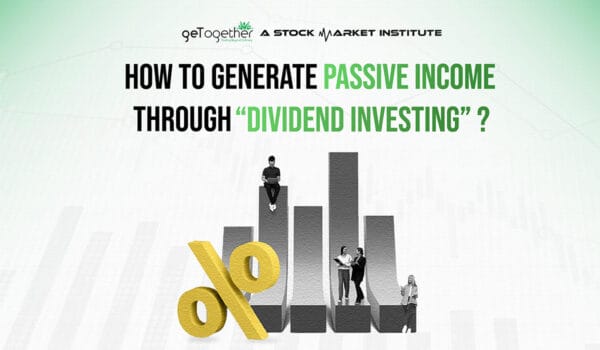Investing in high-yield dividend ETFs is an attractive option for income-seeking investors looking to generate passive income and diversify their portfolios. These exchange-traded funds (ETFs) offer a convenient way to invest in a diversified basket of dividend-paying stocks, providing a regular income stream and potential long-term capital appreciation.
With numerous high-yield dividend ETFs available in the market, selecting the right ones can be a daunting task. In this article, we’ll highlight two high-yield dividend ETFs that have demonstrated impressive performance and can be a valuable addition to your investment portfolio.
**1. Vanguard High Dividend Yield ETF (VYM)**
The Vanguard High Dividend Yield ETF (VYM) is a popular choice among dividend investors, with over $25 billion in assets under management. This ETF tracks the FTSE High Dividend Yield Index, which comprises of approximately 400 dividend-paying stocks with high dividend yields. VYM has a low expense ratio of 0.06%, making it an attractive option for cost-conscious investors.
VYM’s portfolio is diversified across various sectors, including industrials, consumer staples, and real estate. The ETF’s top holdings include established companies such as ExxonMobil, Procter & Gamble, and Coca-Cola. VYM has a dividend yield of around 3.5%, which is higher than the S&P 500’s average dividend yield.
**2. iShares Core High Dividend ETF (HDV)**
The iShares Core High Dividend ETF (HDV) is another high-yield dividend ETF that has gained popularity among investors. This ETF tracks the Morningstar Dividend Yield Focus Index, which consists of approximately 75 high-dividend-yielding stocks. HDV has an expense ratio of 0.08%, which is relatively low compared to other dividend ETFs.
HDV’s portfolio is skewed towards established companies with a history of paying consistent dividends. The ETF’s top holdings include companies such as AT&T, Verizon, and 3M. HDV has a dividend yield of around 4.2%, which is higher than VYM’s dividend yield.
**Key Benefits of High-Yield Dividend ETFs**
Investing in high-yield dividend ETFs offers several benefits, including:
* **Regular Income Stream**: High-yield dividend ETFs provide a regular income stream, which can help investors meet their living expenses or reinvest in their portfolios.
* **Diversification**: These ETFs offer a diversified portfolio of dividend-paying stocks, reducing the risk associated with individual stock ownership.
* **Low Costs**: High-yield dividend ETFs typically have lower expense ratios compared to actively managed dividend funds.
* **Liquidity**: ETFs are traded on major stock exchanges, providing investors with the flexibility to buy and sell shares throughout the trading day.
**Risks Associated with High-Yield Dividend ETFs**
While high-yield dividend ETFs can be an attractive investment option, they come with some risks, including:
* **Interest Rate Risk**: When interest rates rise, the value of high-yield dividend ETFs may decline, as investors may seek higher yields from other investments.
* **Dividend Trap**: Some high-yield dividend ETFs may invest in companies with unsustainable dividend payments, which can lead to a decline in the ETF’s value.
* **Market Volatility**: High-yield dividend ETFs can be subject to market volatility, which can result in capital losses.
**Conclusion**
Investing in high-yield dividend ETFs can be a great way to generate passive income and diversify your portfolio. The two ETFs highlighted in this article, Vanguard High Dividend Yield ETF (VYM) and iShares Core High Dividend ETF (HDV), offer attractive dividend yields and diversified portfolios. However, it’s essential to understand the risks associated with these investments and to conduct thorough research before making any investment decisions.



